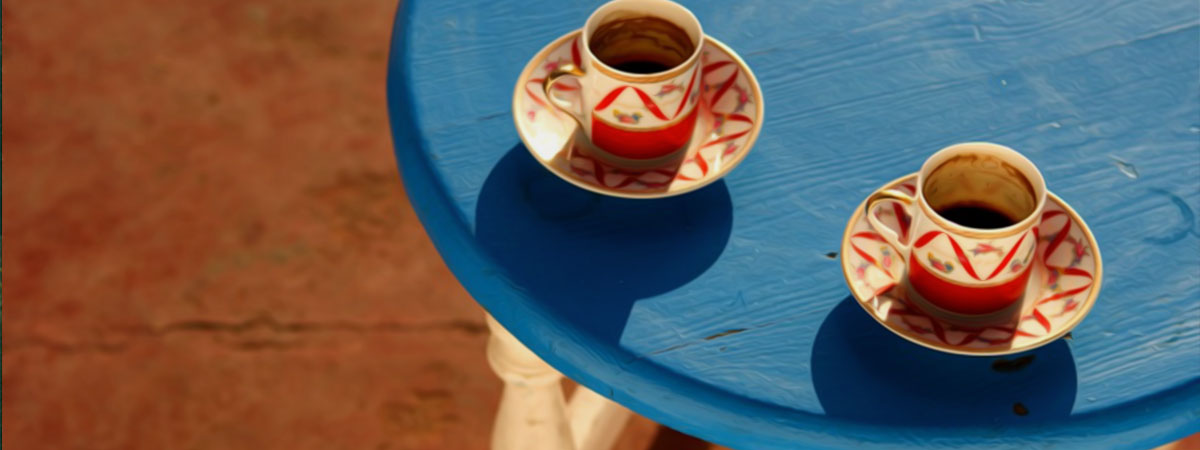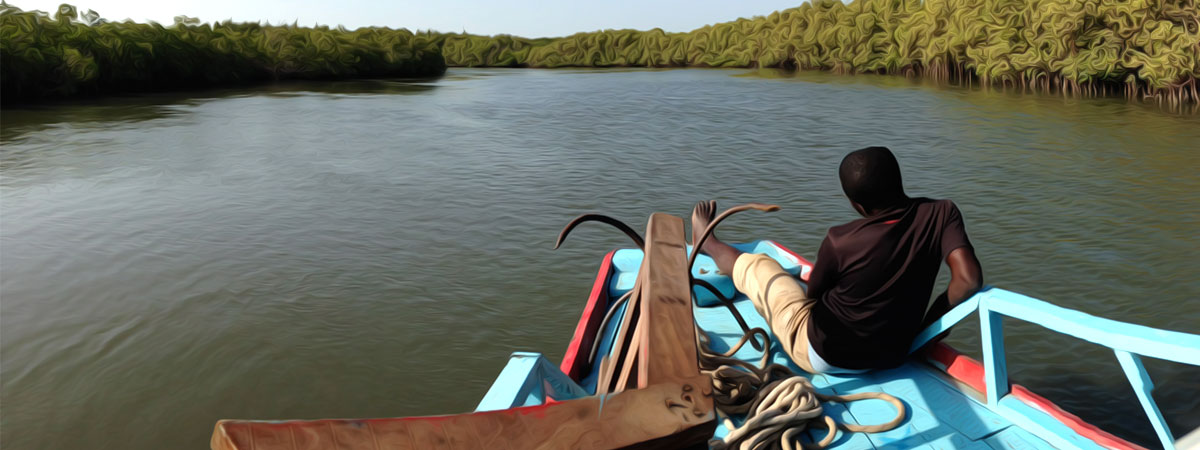This interview with Cheryl Heller was conducted by the Design for Social Innovation (DSI) program (taking applications now) and explores what it means to design for social change—a path Cheryl has dedicated her life to and writes about periodically.
DSI: How do you define design for social innovation?
Design for social innovation is really interaction design in the broadest sense; it’s interaction between people that takes responsibility for positive, systemic impact. It can take any and every physical or visible form but it inevitably begins with the invisible dynamics and forces that drive human behavior. It takes place within the communities and systems it’s working with, not outside them.
My favorite definition of a community is a group of people who care about each other more than they have to. Tweet This Quote
DSI: As the founding chair of the program, could you talk a little about why you decided to create this program and how you went about it?
Ha, this feels a bit like talking to myself. The DSI program was inspired by Richard Wilde, Chair of Design and Advertising at SVA and David Rhodes, President of SVA. It began with an undergraduate class that I’ve been teaching for almost ten years now in Richard’s program, called Design for Good. Two things were concerning to me: first, that designers are taught self-expression and tools, but not how to create intentional outcomes with their creativity; design education does not typically include an awareness of context or audience or the larger systems that might be impacted by the work. Second, there was no path for designers who want to work at a leadership level in social innovation. I had come to a career in this field the hard way—feeling my way to it, making it up as I went along, and having a lot of conversations that were somewhat before their time. People were not hearing the concepts, there was not much traction. I thought that with a bit of effort, we could create a direct path for young designers to enter the field more easily. I was very wrong about the “little bit of effort” part, but we were right about the need and the path for sure.
The most gratifying aspect of the program now is that so many people I admire deeply are part of it. My hope was that a scary-smart, curious and capable community of people would become a part of this program when we launched; people who are also interested in protecting the earth and being kind to each other. It has happened beyond expectations. There is a spirit here that we can do anything, and that we are all incredibly lucky to have this opportunity to create something that will have a real and lasting impact in the world. My favorite definition of a community is a group of people who care about each other more than they have to. I would say that our growing community is a group of people who care about the earth and the future of life more than they have to: students, alums, faculty, advisors and all of SVA.
Design is the best way to get from A to B when you don’t yet know what B is. Tweet This Quote
DSI: What would you like to say to potential students about the program?
I love what our faculty member Asi Burak said: you can’t come here by accident. You have to believe in yourself, and you have to believe in the whole world, not just a part of it. I don’t really know why some people are able to see big systems and some only their own kind, but it intrigues me. Let’s see, what else? You have to be smart, and self-motivated and broadly curious. You have to own responsibility for creating your life. And you should not be willing to settle for not loving your work and having a purpose that allows you to keep growing. If you are all those things and maybe feel like you don’t fit in fully or neatly anywhere because you’re a generalist, we want you. We want diversity—real diversity—of interests, experience, culture. We want designers and non designers alike. You need to be creative and visual. And we want people who are fun on top of all that. We don’t ask for much.
DSI: Can you talk about your background?
I feel like I’ve done that a lot. You can watch the AIGA medal film I guess. Part of what drives me is that I’ve always focused more on what I haven’t done yet than what I have done, so that makes it hard to come up with a fast answer when somebody asks me the question you have. I’ve been an artist, designer, creative director, CEO, writer, educator, mentor and entrepreneur. I’ve launched companies, divisions and products for global businesses, helped dozens of start ups grow, mentored literally hundreds of social entrepreneurs. I have worked in the belly of the beast at a giant advertising agency, and on the ground for foundations working to end poverty and infant mortality. I’ve taught businessmen in Egypt and facilitated conversations with prison officials. In each of those things, and honestly still today, I always feel like somewhat of an outsider because I live in several different worlds at the same time.
All life is profoundly dependent on communication. Tweet This Quote
DSI: What else are you working on, besides DSI?
I’m working with a large foundation that’s improving education in the United States, specifically by helping Americans attain credentials so that they can have better careers and livelihoods. We created an accelerator; now we’re working with a handful of innovative organizations with the capacity to scale, helping them grow and reach underserved populations.
I’m also working with an extraordinary organization in Buffalo, New York, that has developed an approach to city revitalization, called MutualCity. It’s a systemic approach based on the principles of inclusion and mutuality. I’ve been involved for a number of years now, helping them develop a vision and identity that the whole city can feel a part of and help realize.
DSI: What’s the importance of design and communication in social innovation?
Design is the best way to get from A to B when you don’t yet know what B is. It’s that simple, and people who want to be able to lead change at that essential level should look to design as a process (it’s not just design thinking, don’t get me started on that). Design is seeing, synthesizing, imagining, prototyping and then making experiences and things that delight and attract people to them.
Communication is the basis of all relationships, & relationships are the beginning & end of life. Tweet This Quote
Communication is the answer to everything, and in that I include visual, verbal and non-verbal communication. Communication is the basis of all relationships, and relationships are the beginning and end of life. Quantum mechanics has taught us that the relationship between things is more important, and more defining than the thing itself. That’s certainly true of people; what would we be without relationships to the rest of life and to humanity? All life is profoundly dependent on communication.
DSI: This is still such a new field, how is the program working to shape and define what design for social innovation means?
The faculty and students have made the program their own and there is nothing better I could imagine. When people feel ownership, that’s when things become far greater than their individual parts. We have an opportunity to push design for social innovation to new levels of maturity and impact, and to define how great a role design can play in the future of human society and business.
DSI: What one piece of advice would you give to anyone entering the social innovation space?
You can do anything. We see, accept and sometimes invent restrictions to what we believe we can accomplish. We can also remove them, and that is the work of creative, enlightened, disciplined minds. So do the best that you can imagine, and view every obstacle along the way as a creative opportunity. That’s my advice. And one more piece of advice, apply to the program. We’re accepting applications now.



